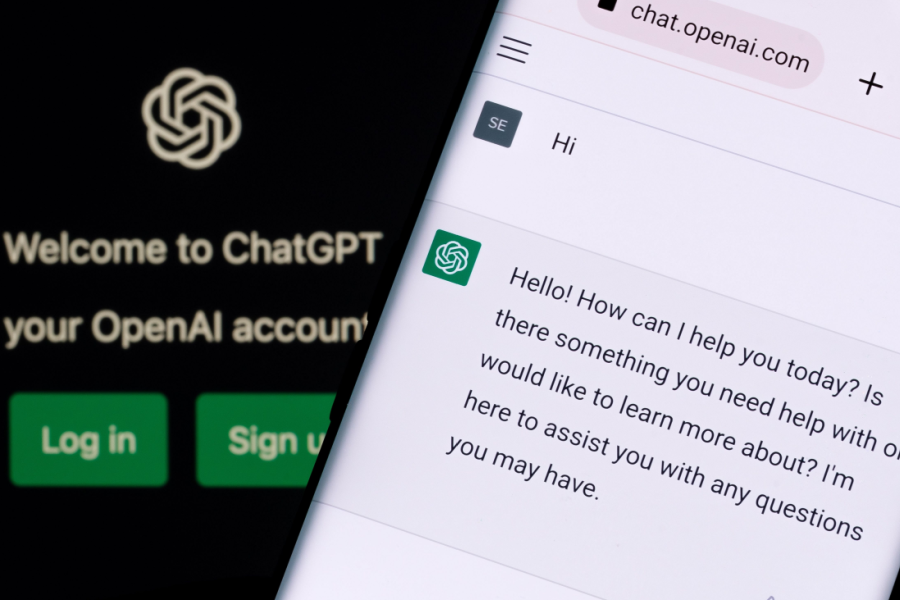For decades, pharmacists have been one of the few health care professionals whose services are not recognized by federal law. But now, momentum in support of provider status for pharmacists is building.
Private payers and the government are increasingly looking to pharmacists to help cut medical inefficiencies that cost the system billions. Medication errors alone cost the U.S. $300 billion annually. These costs, coupled with the Association of American Medical Colleges’ prediction that the U.S. will face a shortage of 45,000 primary care physicians by 2020, are driving payers and legislators to look for solutions. And new legislation could make pharmacists a part of the fix, said Stacie Maass, senior vice president, pharmacy practice and government affairs, with the American Pharmacists Association (APhA).
Expanding patient access to health care through pharmacist provided care is the goal of legislation introduced in both chambers of Congress in late January. If passed, the Pharmacy and Medically Underserved Areas Enhancement Act would reimburse pharmacists for care they provide to Medicare Part B beneficiaries in medically underserved communities.
“Pharmacists are currently underutilized in health care,” said Nick Smock, Pharm.D., MBA, President and CEO of PBA Health, a pharmacy services organization dedicated to independent pharmacies. “If the federal government recognized pharmacists as health care providers, it could open access to services, education and care to millions of Americans.”
Tell your story
The time is now for independent community pharmacists to show their support.
“The momentum is real,” Maass said. “We’re seeing advancement at the state level for our profession as well as increased recognition of the value of pharmacists and their services by organizations like the National Governors Association.” In late January, the National Governors Association released a report that explored ways states can integrate pharmacists into the health care delivery system.
“We really need every pharmacist involved,” Maass said. “We need this to be a grassroots effort because it can’t come from the top down. It really has to come from a grassroots level on up to members of Congress.”
To support the federal legislation, Maass encourages pharmacists to share their stories of care with their elected officials.
“You don’t have to go to Washington to make a difference. We need pharmacists to go to their member of Congress in their district and talk about the services and care they are or can provide,” she said. “No one can tell the pharmacists’ story better than the pharmacist.”
Sign up to support provider status and learn more about other efforts to promote APhA’s campaign at pharmacistsprovidecare.com.
Provider status stats
- 83 percent of voters agree that pharmacists have the education and professional training to do more than fill prescriptions
- 66 percent of voters think of pharmacists as “health care providers”
- 81 percent of voters think pharmacists should be considered part of each patient’s overall health care team
- 73 percent of voters believe their quality of care would improve if pharmacists were members of the health care team
Source: American Pharmacists Association












